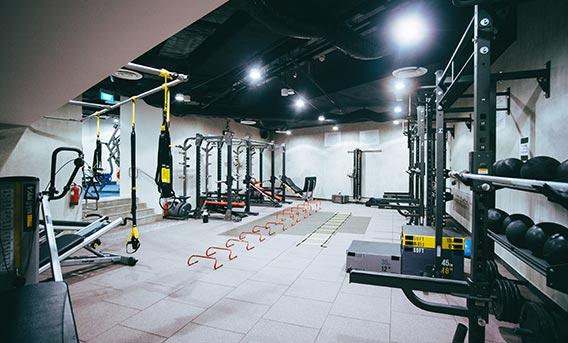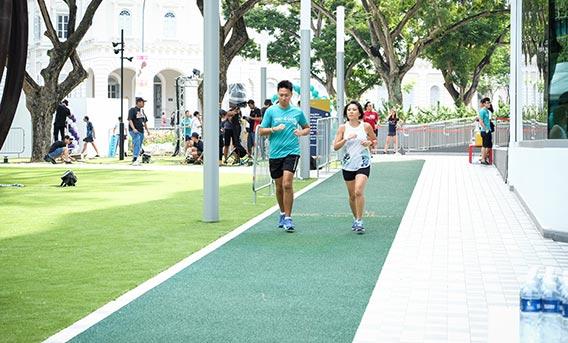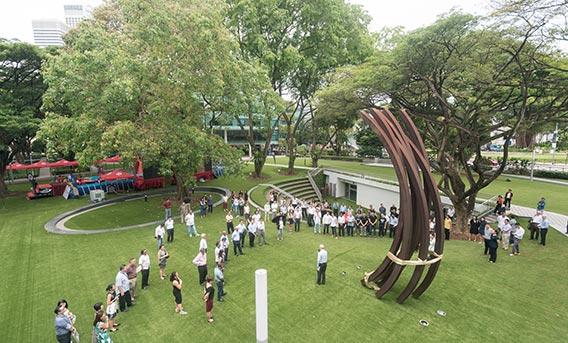A Central Base
The search for a permanent SMU campus began in 1998, to replace the temporary campus located at Bukit Timah.
As a management university, SMU needed a central location. Planners turned their focus to the Bras Basah area in the Central Business District, to leverage the synergy between SMU and Singapore's business community.
The district also has historical precedence – it was home to key educational institutions for over 150 years.

SMU's campus development in the heart of Singapore aligned with the government's commitment to business and education, and the Urban Redevelopment Authority's vision to develop the Bras Basah district.
On 5 December 1998, the government made a public announcement on the campus location. By June 2000, six architectural firms were shortlisted for the SMU Urban and Architectural Design Competition. Recognising the importance of involving the public in campus design in a central location, SMU held an exhibition of the shortlisted submissions to solicit feedback from the public.
Building In the City
The designers and builders of the campus faced some specific challenges. A primary one was that for the first time in Singapore, a building was being built right on top of the underground railway line - the existing North-South line and the new Circle Line (completed in 2010).
Architects also had to grapple with other extraneous factors, hurdles and restrictions in this area. They include construction of a road tunnel at Fort Canning, the realignment of Stamford Road and the existence of buried fibre-optic cables laid by telecommunications companies. There was even accommodation for an archaeological survey of the Bras Basah site to be carried out.
Alongside these considerations, there was immense effort to preserve the existing landscape and long-standing, mature trees.In an unprecedented tree-transplanting exercise, several mature trees in Bras Basah Park were uprooted and replanted, while other trees were conserved in their original location.
One noteworthy conservation effort was the transplanting of a 70-year old, full-canopy 21-metre rain tree, with a crown 25 metres in diameter and weighing more than 37 tonnes. The contractors also took special care with a venerable bodhi tree, a highly sensitive plant and a species particularly significant in Hindu and Buddhist cultures.
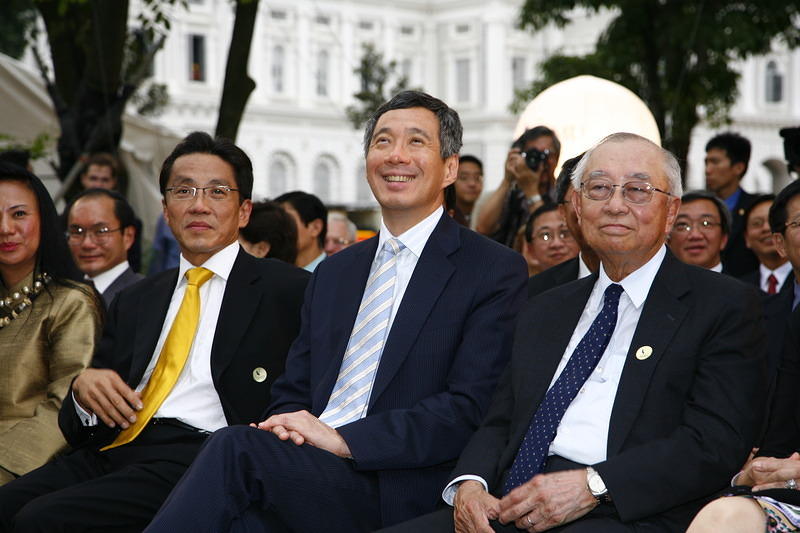
Singapore Prime Minister Lee Hsien Loong (Centre), with SMU Executive Chairman Mr Ho Kwon Ping (Left) and Dr Richard Hu, then SMU Chancellor (Right)
On 31 July 2005, the university symbolically moved into its new home, in time to start off the 2005/6 academic year. Prime Minister Lee Hsien Loong officially opened SMU's new and permanent campus on 20 January 2006.
The Next Chapter: Vision 2025
In 2015, SMU began a two-year development project to transform the landscape of the Civic District. With a vision to bring back the buzz and revive the ‘Bras Basah spirit’ through the SMU Campus Green, the project showcases the talent and vibrancy of the SMU campus and Singapore’s youth, to engage with the community.
Key features added to the SMU city campus include new seminar rooms; group study spaces; a centralised Co-Curricular Activities (CCA) space; an expanded, three-storey Fitness Centre; an outdoor jogging track on campus grounds, and a new amphitheatre on Campus Green that is a focal point of student and community-engagement activities.
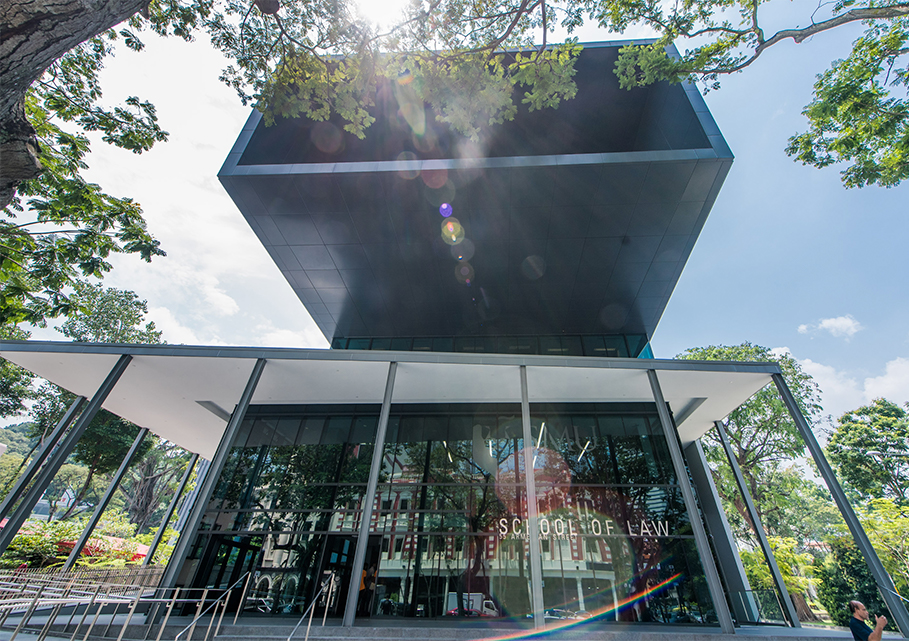
The School of Law facade

Singapore Prime Minister Lee Hsien Loong
In 2017, the new SMU School of Law building was launched, located at the open space between Armenian Street and Canning Rise. A key feature of new building is the Kwa Geok Choo Law Library, named in memory of the late Madam Kwa Geok Choo, wife of former Prime Minister Lee Kuan Yew. The Law Building also houses the David Marshall Moot Court, the SMU Pro Bono Centre and other research centres.
At the start of the academic year 2018/2019, SMU will introduce a new residential learning-and-living concept at its existing student residence – Prinsep Street Residences (PSR). At PSR, SMU aims to build a community for the Community, where students co-live, work and learn together, and are also nurtured to be change agents by giving back to the Bras Basah community.
SMU also plans to build a new SMU-X building to replace the building currently leased on Stamford Road.
The new building will utilise state-of-the-art technology in design and construction and potentially be the first zero-emission building in central Singapore.

